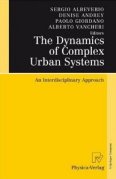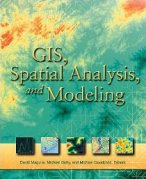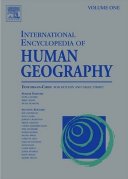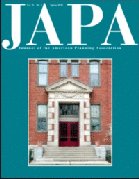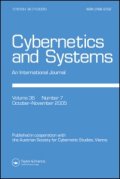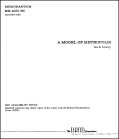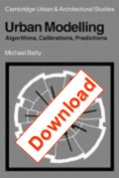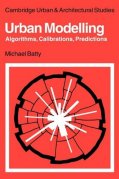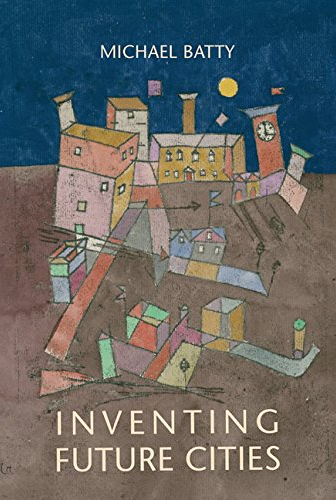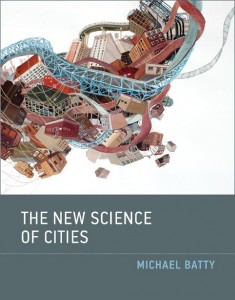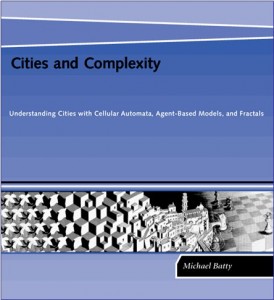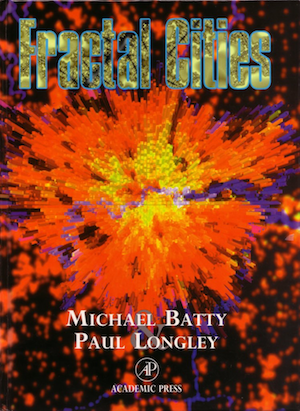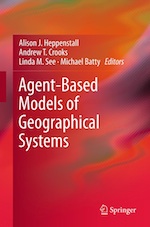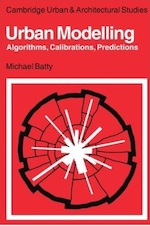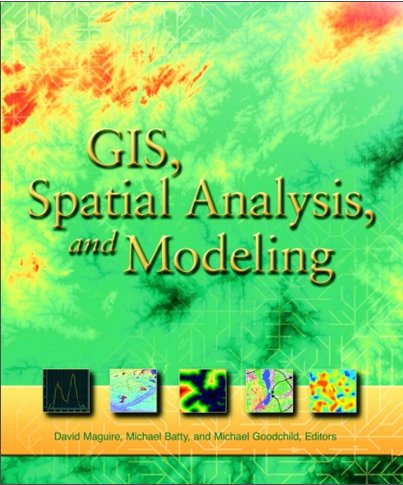Background Reading
In this web page, as well as access to pdfs of the lectures themselves, there are some pdfs of the key readings that underpin the course
There is a general historical summary of the development of urban modelling by myself which is entitled:
Batty, M. (2008) Fifty Years of Urban Modelling: Macro Statics to Micro Dynamics, in S. Albeverio, D. Andrey, P. Giordano, and A. Vancheri (Editors) The Dynamics of Complex Urban Systems: An Interdisciplinary Approach, Physica-Verlag, Heidelberg, DE, 1-20
The best reviews of the Land Use Transportation class of Urban Models is by Wegener and this is available in several publications, one of which is
Wegener, M. (2005) Urban Land Use Transportation Models, in D. J. Maguire, M. F. Goodchild, and M. Batty (Editors) GIS, Spatial Analysis, and Modeling, ESRI Press, Redlands, CA, 203-220
I am afraid I do not have a pdf of this chapter but the book from which it comes is quite widely available. In the first two lectures, there are five key references to basic ideas about models and these are as follows. You can download them by clicking on them in the order below. The second reference isn’t scanned either but I expect there are various people around here who have the Kemp book
1. Batty, M. (2009) Urban Modeling, in R. Kitchin and N. Thrift (Eds) International Encyclopaedia of Human Geography, Volume 12, Elsevier, Oxford, 51–58.
2. Batty, M. (2008) Spatial Interaction, in K. K. Kemp (Editor) Encyclopaedia of Geographic Information Science, Sage. Los Angeles, CA, 416-418 (not yet scanned)
3. Batty, M. and Torrens, P. (2005) Modelling and Prediction in a Complex World, Futures, 37 (7), 745-766.
4. Lowry, I. S. (1965) A Short Course in Model Design, Journal of the American Institute of Planners, 31, 158-165.
5. van der Leeuw, S. E. (2004) Why Model? Cybernetics and Systems: An International Journal, 35, 117-128.
An essential early reference is Ira S. Lowry’s Model of Metropolis that that was his report to the RAND Corporation when he worked on the model for Pittsburgh in the early 1960s. This was at the beginning of developments in urban modelling and basically was the first example of a model that coupled sectors together using the same submodel. You can download the report from this site as it is freely available from RAND on the web.
And if you want some more old background on these models, you can download my book Urban Modelling: Algorithms, Calibrations, Predictions (1976) from our web site by clicking here left. If you want a softcopy of the original, it has been reissued by CUP and you can get it from Amazon.com by clicking here right.

